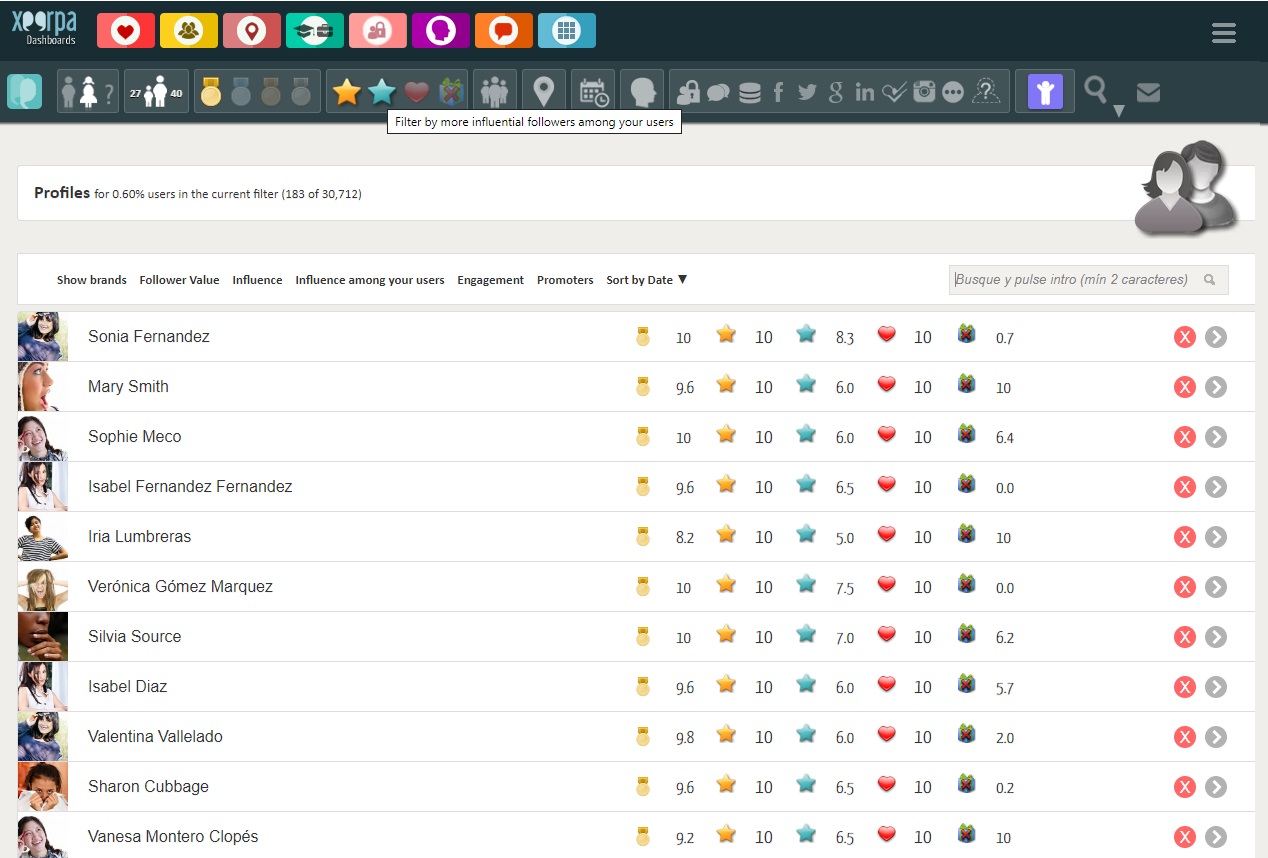From influencers to brand advocates
We have been able to observe how advertising a product has changed over time and how traditional media are not the only way to reach the consumer. With the advent of social media, we have witnessed many different innovations in advertising: from reaching the public in real time to emerging of the phenomena of influencers. Their fans started following them on social media, talking about them and imitating them, and marketeers quickly seized this opportunity.
As influencers reached new heights, more and more brands tried to reach their public through them. As a result, new technologies and platforms were created to manage influencer marketing campaigns. This wave of advertising was so aggressive that ultimately influencers have lost a fair amount of credibility as users saw them turning from opinion leaders into marketing puppets.
Even though influencer marketing is still an important part of marketing strategies, things have been changing. Nowadays more and more brands are focusing on microinfluencers – users that are very active on social media, have smaller communities of followers, and generate a lot of interaction with their content. These reactions and comments come from their families and friends with a high level of trust, making their impact much more valuable.
Major brands are starting to shift their focus on microinfluencers, with the aim to convert into their brand advocates. The main objective is to merge their viral nature with their credibility in order to use word of mouth influence of a family member or friend. It is true that microinfluencers are not characterized by their high number of followers, which makes certain brands think that this does not allow them to reach massive audiences. On the other hand, market studies have showed that accounts with less followers have higher engagement and veracity. According to a study published by The StartUp, microinfluencers generate 60% more engagement and their campaigns are 6.7 times more profitable than a typical influencer.
Microinfluencers tend to specialize in niches, as most of them cover one specific topic they are passionate about. Hence, a brand has to choose between a message that reaches masses or the one that garners value and loyalty. We are reaching a turning point for marketing message, which needs to convey a set of values in order to have a powerful impact.
How to identify microinfluencers with Xeerpa dashboard
Xeerpa’s Social Media Profiling helps brands to indentify microinfluencers within their own customer database. Xeerpa dashboard has an incorporated filter that allows you to find out the level of influence of users, based on their network, volume of published content and the number of interactions they generate. In addition, our clients can tell if someone is influential within their own community of customers, what level of engagement they have with each of their brands, see if they mentioned a product, brand or hashtag in their posts or comments history.
After having applied these parameters, the brand can verify the interests and tastes of users, check if their profile fits the target, and convert him/her into a brand advocate. We can also go further than that: discover their personality traits, values and needs with personality insights AI technology, cross data about their levels of influence, engagement and their interests to get a complete and accurate picture of their profile based on first party data.



